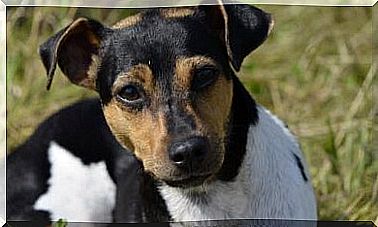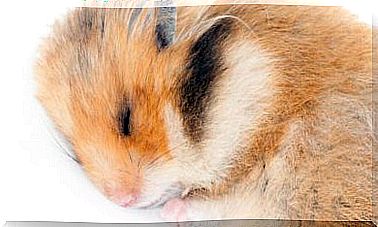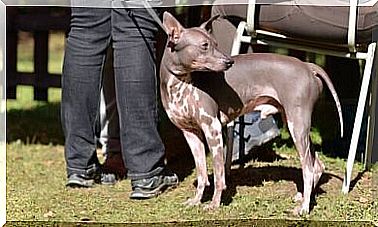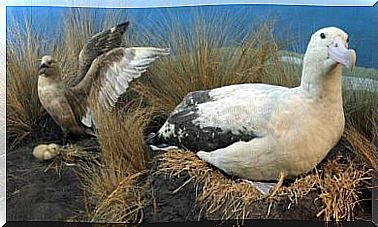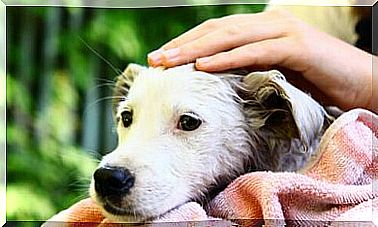Wild Dog: Characteristics, Distribution And Feeding
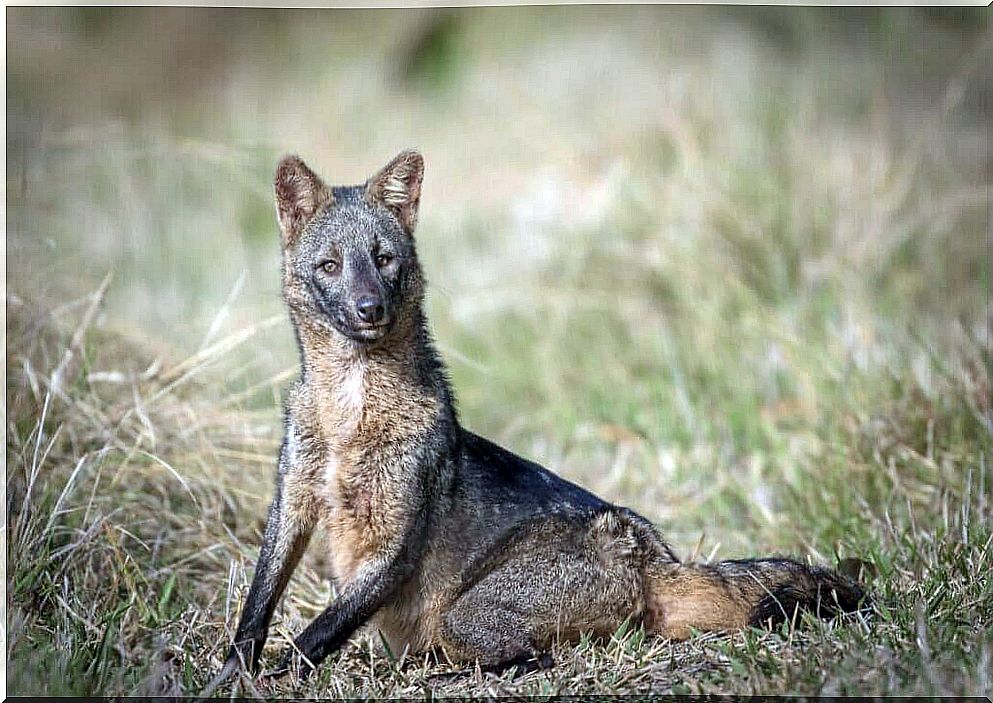
The crab-eating dog ( Cerdocyon thous ) is a carnivorous canid with predominantly nocturnal habits, which inhabits the forests of South America. It is a generalist species that has no problem with different environments and food sources and, therefore, human action has not yet caused its decline.
This unknown species belongs to the genus Cerdocyon , composed of a total of 2 species. The wild dog is the only living representative of this group, as its extinct relative ( Cerdocyon avius ) lived between 4.9 million years to 11,000 years ago. If you want to know all about this elusive and enigmatic canid, read on.
Wild Dog Characteristics
This animal is also known as the crab fox and, despite the clear morphological differences with other foxes – such as Vulpes vulpes -, it follows a body pattern very similar to that of the other representatives of this group. The wild dog is about 65 centimeters long, not counting its thick and thick tail, which measures about 28.5 centimeters. This canid weighs approximately 5-7 pounds.
Its coat color is usually grayish-black, with reddish patches on the belly, ears, extremities and tail. On the other hand, C. thous has relatively short legs compared to the rest of its body, but it has a strong constitution and is ready for running. In general, this canid has characters common to many other species of foxes.
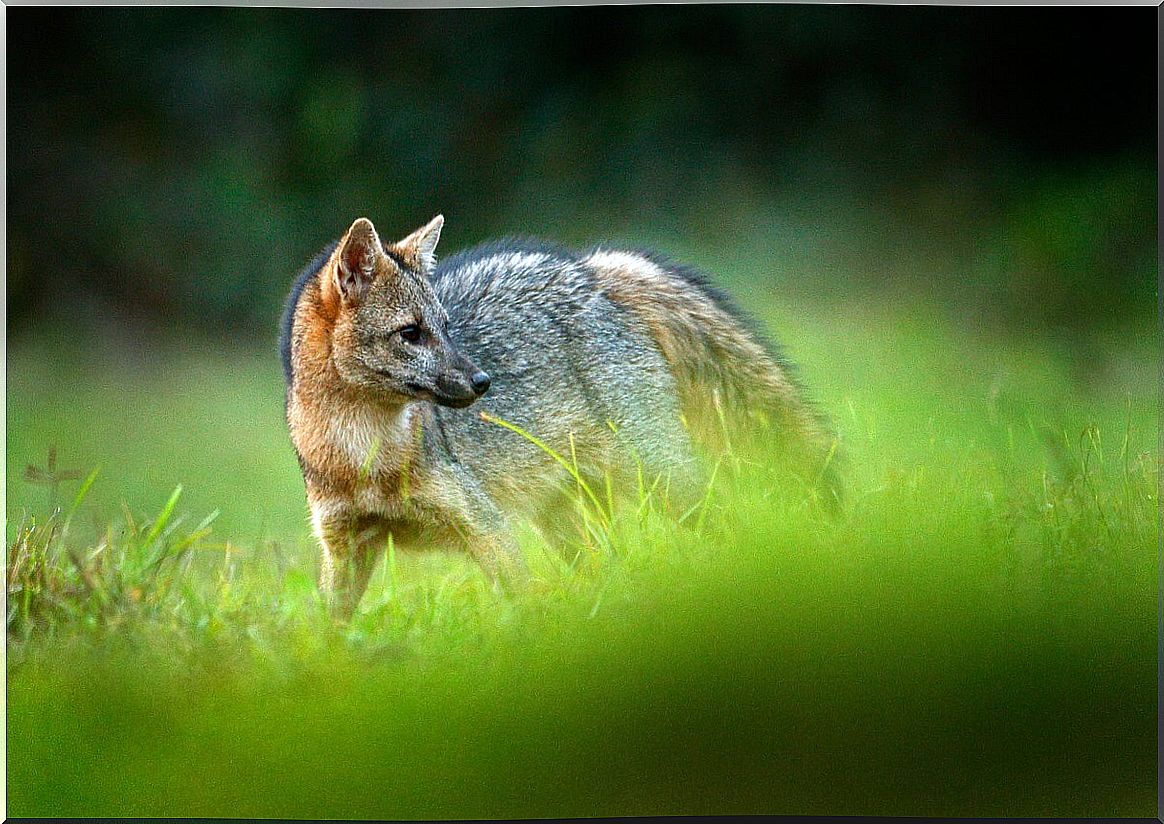
Habitat and state of conservation
The crab-eating dog is a common species of canid in the forests of northern and central South America. Its highest population densities have been cited in Venezuela, Colombia, Brazil, Ecuador and Paraguay, although this animal has also been observed in other regions, such as Chile and Argentina. As you can see, it is present in practically all of South America.
Its favorite places of activity are tropical savannas, subtropical forests and riparian forests, among other humid places with dense vegetation. In addition, these canids tolerate high environments well, as specimens have been observed in areas more than 2000 meters above sea level.
The International Union for the Conservation of Nature (IUCN) classifies this species as “Least of Concern (LC)”. No significant population decline has been detected and, in addition, since the 1990s, this species has spread to Panama. However, in some specific regions, hunting threatens their integrity.
Curiosities about the wild dog
Below, we present a series of curiosities about the wild dog that may surprise you. From genetics to its seed dispersal potential, this dog has many special characteristics.
Your genome revealed
Several genetic studies have been carried out on this animal and, thanks to them, we know that the nucleus of its cells has 74 chromosomes – 36 pairs. So that you can compare these numbers with human beings, be aware that our karyotype includes a total of 46 chromosomes, divided into 23 pairs.
Furthermore, searches on the Pubmed portal argue that there are clear genetic differences between their populations. It seems that specimens from northeastern Brazil show genomic divergences with other population groups. This division is estimated to have taken place approximately 400,000 years ago.
The name “caranguejeira” is not without reason
Traditionally, the wild dog has been categorized as an opportunistic omnivorous species that tolerates anthropogenic alterations very well. Records on its trophic ecology show that this canid has a predilection for invertebrate prey, more specifically, aquatic crabs.
In addition, wild dogs also feed on eggs of vertebrates, turtles, plant species, insects and, to a lesser extent, other reptiles or amphibians. When food is plentiful, they prefer to hunt for small, easy-to-hunt prey compared to other dogs.
A powerful seed disperser
This animal also feeds on fruits when they are available. According to studies published on the Researchgate portal , the wild dog can be a very important seed disperser in tropical ecosystems, as it travels long distances and excretes them in its feces throughout the territory.
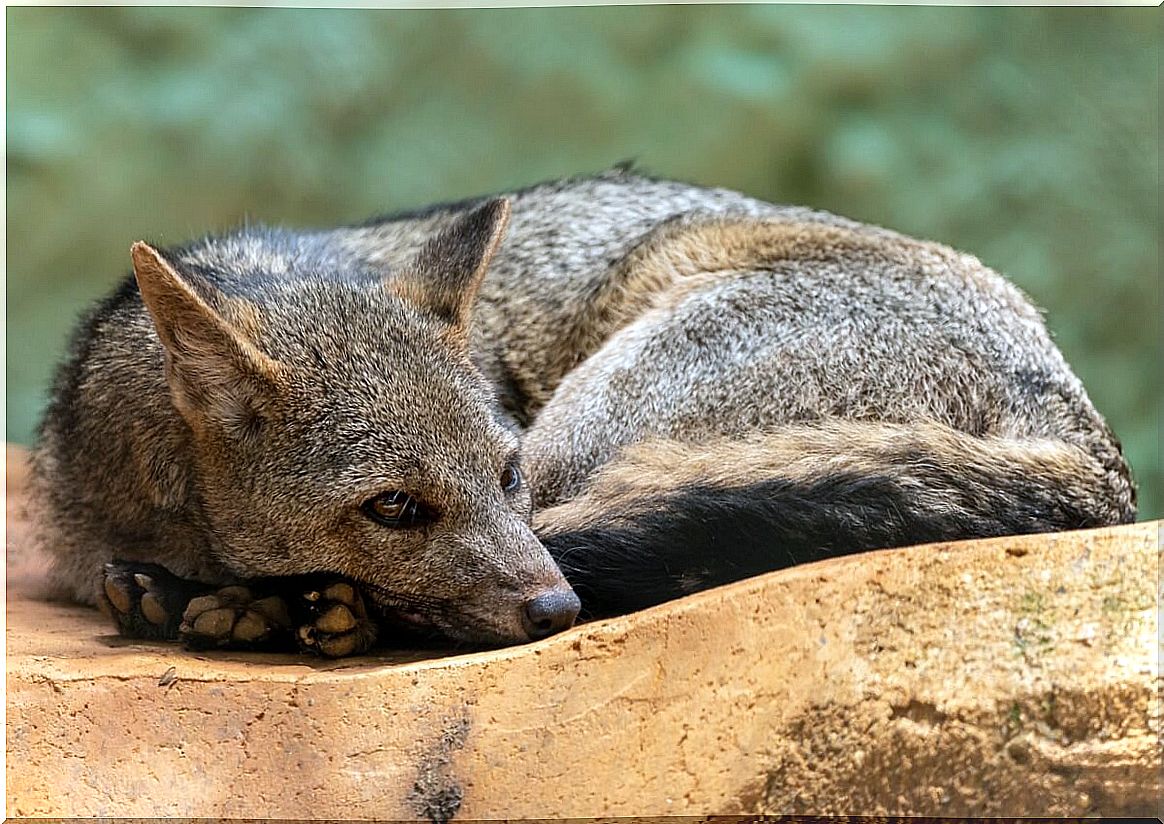
The wild dog is one of the most easily observed canids in South American forests. Along with the vine dog ( Speothos venaticus ) and the maned wolf ( Chrysocyon brachyurus ), it is the dominant canid of the tropical ecosystem. Fortunately, their populations are stable, so we can enjoy their company for a long time.
